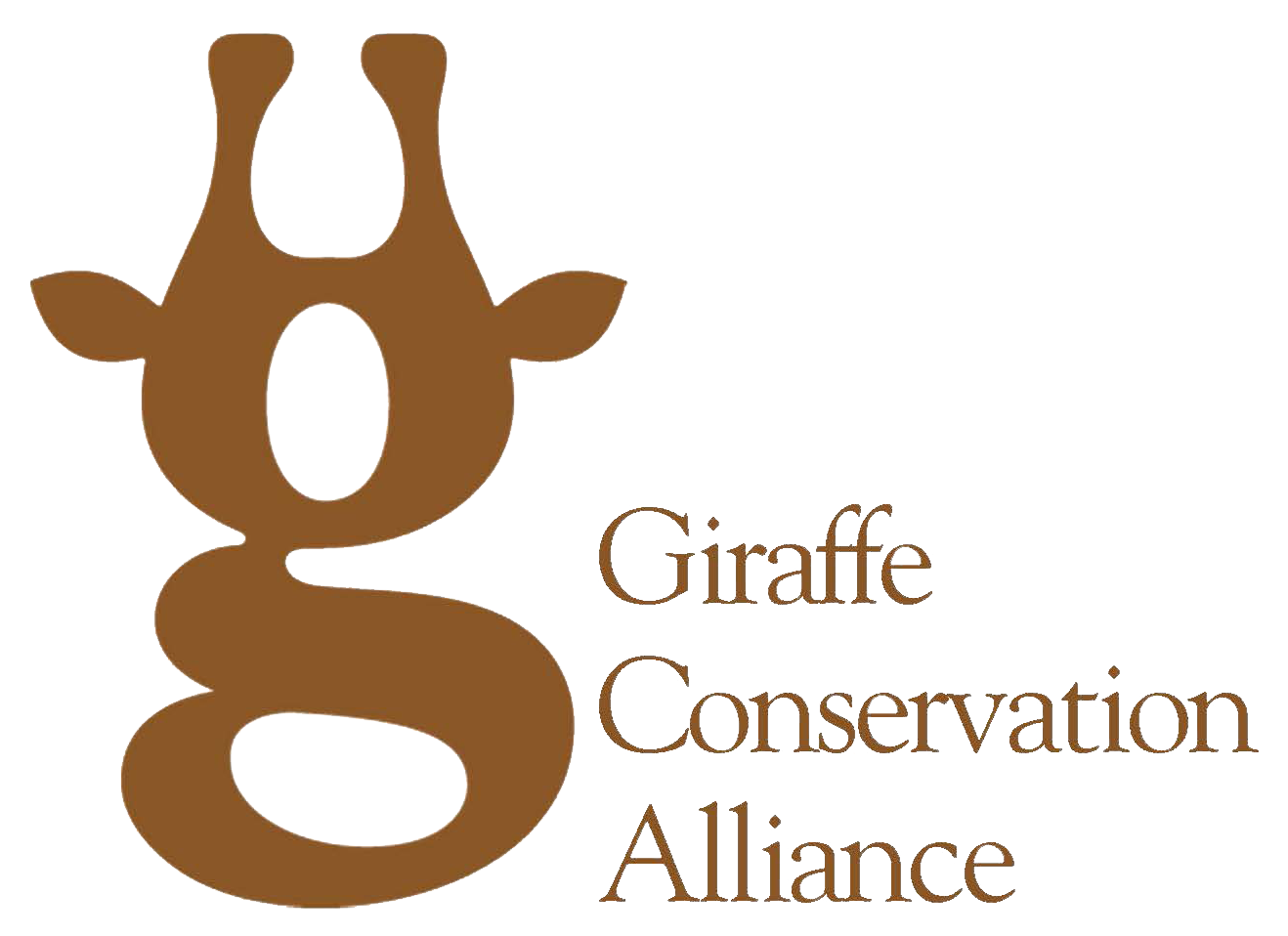Saving a Species
Reticulated giraffes are characteristic of the drylands of the Horn of Africa. They look quite different from other giraffe populations and recent genetic analyses suggest that they may represent a separate species. As recently as the turn of the millennium, there were thought to be more than 30,000 remaining: today, there are fewer than 20% of that number and they will soon be formally recognised as threatened by the International Union for Conservation of Nature.
Project Leaders
John Doherty and Jacob Leaidura work to protect reticulated giraffes throughout their range. They encourage local people to recognise giraffes as a valuable asset; they support the Kenya Wildlife Service and the government of Kenya in the development of targeted conservation policies; and they work at both national and international levels through the IUCN SSC Giraffe & Okapi Specialist Group, the Giraffe Conservation Alliance and many other partner organisations.
Jacob grew up surrounded by the spectacular wildlife of northern Kenya and remembers being frightened by reticulated giraffes when they towered above him on his long walk to school. He is now an expert in their behaviour and ecology and he can recognise hundreds of individuals on sight. Jacob has worked for more than 25 years as a professional naturalist and he is a passionate champion of wildlife among the communities on whose consent the giraffes' future depends.
John is known in Kenya by the Samburu name 'Lmara', which means 'dappled', 'colourful' and, by extension, 'giraffe'. He first worked in the northern rangelands more than 35 years ago and his love of giraffes goes back even further to when he studied them as a child. Today, with Jacob's help, John coordinates the efforts of a large and varied group of contributors, who feed systematic data, casual observations and anecdotal information to a central conservation database.
Strengthening the Community
Many of the giraffes are named after local people. Most are chosen directly by their human counterparts when they spend time with John and Jacob collecting data in the field. The naming programme is effective in changing the way in which people think of giraffes and, however sadly, it helps to raise awareness of conservation issues when adopted individuals later fall victim to poaching, predation and, sometimes, like the young bull Lesuyai, to collisions with vehicles.
Hope for the Future
All of the contributors to the work of the Reticulated Giraffe Project are motivated by the joy of sharing the world with such extraordinary creatures and by a desire to avoid future generations knowing them only from photographs and film. This common vision unites villagers from the troubled border regions in the east, camel herders from the northern deserts, children in the slums of Nairobi and tribal elders who remember the days when giraffes were still abundant. The wider network includes people from all over the world and it could include you.
